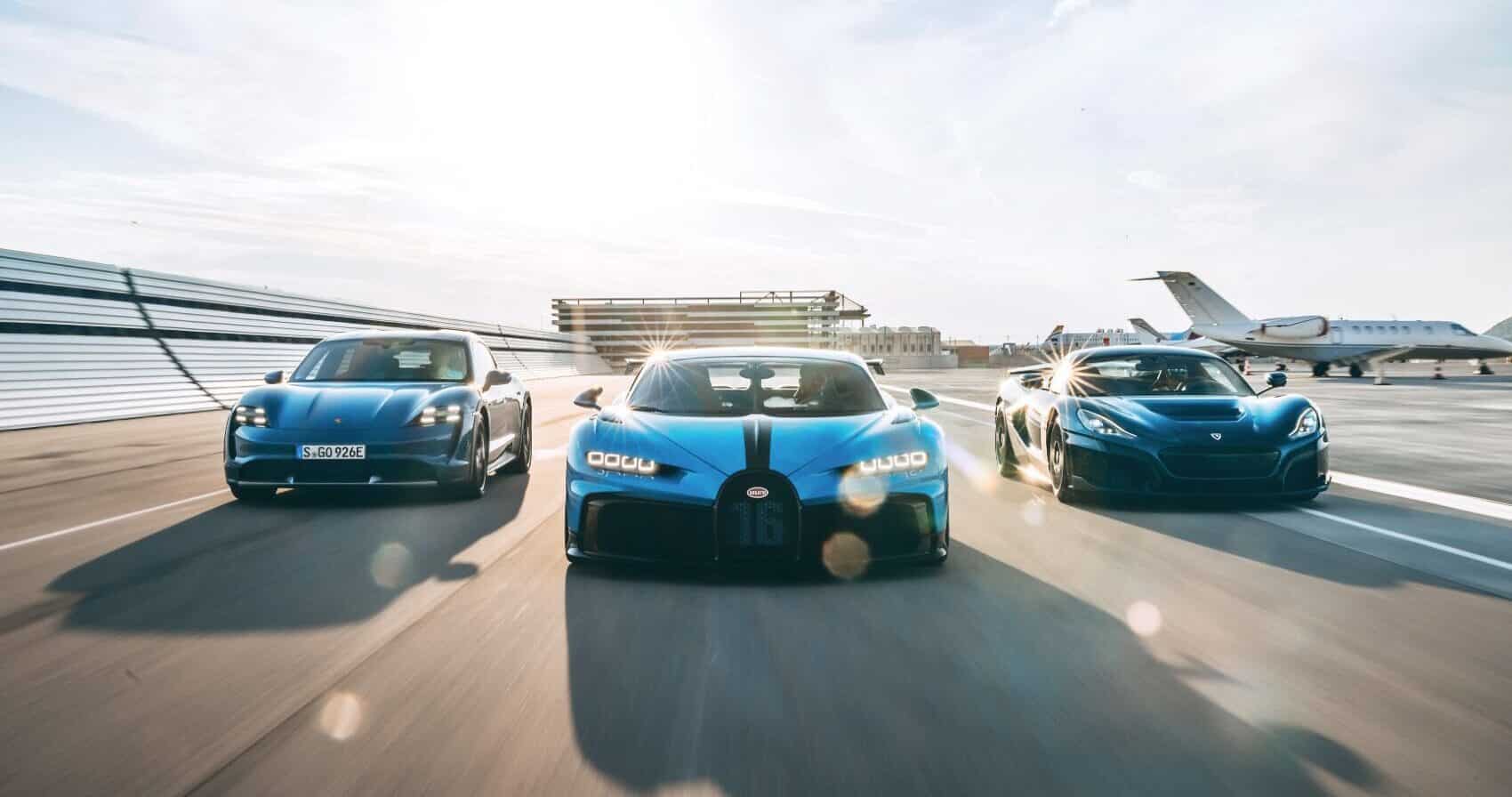Porsche, Rimac Automobili, and Bugatti have finalized plans to establish a new joint venture called Bugatti Rimac. CEOs Oliver Blume (Porsche) and Mate Rimac (Rimac Automobili) have signed all relevant and necessary contracts, establishing the share split in Bugatti Rimac. Porsche will hold a 45 percent share while Rimac Automobili will retain a 55 percent share. The formation of the joint company is due to take place in the fourth quarter of 2021, subject to the approval of antitrust authorities in several countries.
Contributions From Bugatti
Bugatti will enter the joint company by way of its current owner Volkswagen, with the shares then transferred to Porsche. Bugatti is expected to share its expertise in small series manufacturing and material science, including its expertise in carbon fiber and other lightweight materials. Despite its involvement in the new venture, Bugatti Automobiles S.A.S. will remain at its headquarters in Molsheim, France, where it was founded in 1909.
“We are combining Bugatti’s strong expertise in the hyper sports car business with Rimac’s tremendous innovative strength in the highly promising field of electric mobility,” Blume said. “Bugatti is contributing a tradition-rich brand, iconic products, unique quality standards and craftsmanship, a loyal customer base, and a global dealer network to the joint venture. In addition to technology, Rimac is contributing new development and organizational approaches.”
“This is a truly exciting moment in the short, yet rapidly expanding history of Rimac Automobili, and this new venture takes things to a completely new level,” Rimac added. “I have always loved cars and can see at Bugatti where passion for cars can take you to. I can’t begin to tell you how excited I am by the potential of these two brands combining knowledge, technologies, and values to create some truly special projects in the future.”
Porsche & Rimac Automobili
Porsche entered into a partnership with Rimac Automobili as early as 2018, subsequently increasing its shares in the Croatian automotive and technology company. Today, Porsche holds a 24 percent share in Rimac Automobili. Similarly, Rimac Automobili has established itself as an industry pioneer in electric technologies, both as a supplier and an electric hypercar manufacturer, with the recent launch of the new Rimac Nevera.
Bugatti Rimac Event
The previously live reveal of Bugatti Rimac can be seen in the video below.


